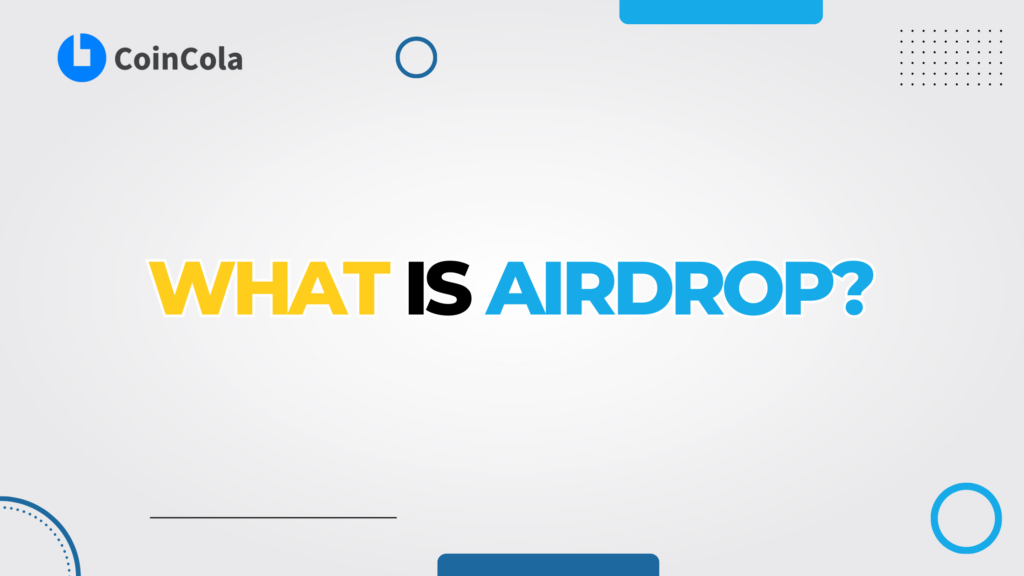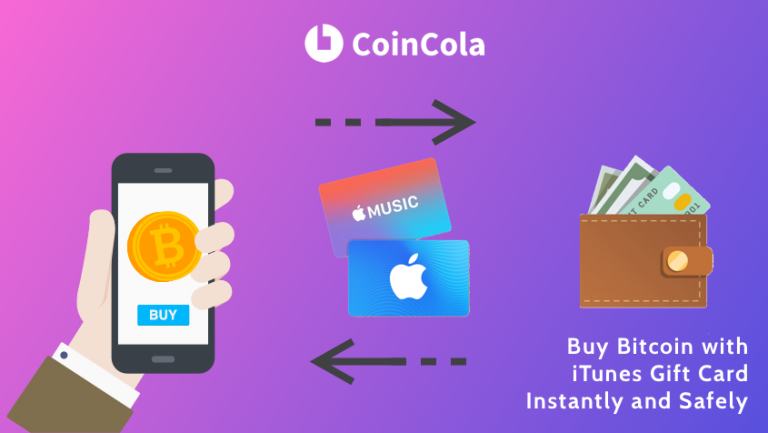What is Airdrop? Unlocking Free Crypto!

Alright, so you’ve probably heard of airdrops, especially if you’re diving deep into the world of cryptocurrency. But what exactly is an airdrop, and why does it seem like people are getting free money out of nowhere? Let’s break it down in this guide, CoinCola style — simple, engaging, and easy to follow.
What Exactly is a Cryptocurrency Airdrop?

In basic terms, a cryptocurrency airdrop is a free distribution of tokens or coins to multiple wallet addresses. Think of it like this: imagine a company launching a new product and wanting to get as many eyes on it as possible. Instead of paying for ads or promotional campaigns, they decide to just give out some of the product for free to people who show interest. That’s exactly what happens with crypto airdrops. The project wants to create awareness and reward early users or participants, so they give away a portion of their tokens for free.
Why Do Crypto Projects Offer Airdrops?
Now, you’re probably wondering, “Why would someone just give away free money?” Well, there are actually several reasons:
- Building Awareness: Crypto projects want people talking about them. The best way to get attention? Free stuff! Airdrops help projects spread the word.
- Rewarding Loyalty: Some airdrops are given to loyal users who have supported the project from the beginning or have held a specific cryptocurrency in their wallet for a certain period.
- Creating Hype: The crypto world thrives on buzz. When people know they can get free tokens, they’re more likely to talk about the project, increasing its visibility.
- Encouraging Participation: Airdrops often encourage users to participate in a project’s ecosystem, like joining their Telegram group, following them on social media, or using their platform.
How Does an Airdrop Work?
Alright, so how do you actually get these free tokens? It’s not as tricky as you might think. Here’s a step-by-step on how most airdrops work:
- Sign Up or Meet Criteria: Some airdrops are given based on meeting specific criteria, like owning a certain amount of a particular token or holding a wallet on a supported blockchain. Other times, you might just need to sign up on the project’s website or follow their social media.
- Wallet Address: You’ll need a compatible cryptocurrency wallet (like MetaMask or Trust Wallet) to receive the airdrop. These wallets are compatible with many blockchains and make it easy for projects to distribute tokens.
- Participation Tasks: Some airdrops require a bit of work. For example, you might need to join a Telegram group, retweet a post, or complete a survey to qualify. Don’t worry, these tasks are usually pretty simple.
- Wait for Distribution: Once you’ve completed the necessary steps, you just wait for the project to distribute the tokens to your wallet. The timing of this can vary — some airdrops are immediate, while others take weeks or even months.
- Check Your Wallet: After distribution, just check your wallet. If you’ve followed all the steps correctly, the tokens should be sitting there, waiting for you to do whatever you please with them.
You may like: What is Polygon (MATIC)? Everything You Need to Know! How to Receive CoinMarketCap Airdrop
Types of Airdrops
Not all airdrops are created equal. Let’s break down the most common types you might encounter:
Standard Airdrop
This is the most basic type of airdrop, where users are required to sign up with an email address or wallet to receive tokens. It’s straightforward, and in some cases, tokens are sent directly to users without them needing to do anything extra.
Holder Airdrop
A holder airdrop is only for people who already own a specific cryptocurrency. For example, a project might distribute tokens to people who hold at least 1 ETH (Ethereum) or a certain number of Bitcoin.
Bounty Airdrop
With a bounty airdrop, users have to complete tasks, like sharing social media posts or referring friends, in exchange for the tokens. The more tasks you complete, the more tokens you can earn.
Exclusive Airdrop
An exclusive airdrop is reserved for specific participants who have supported the project in some way, such as contributing to an Initial Coin Offering (ICO) or being part of the project’s early development phase.
Hard Fork Airdrop
In this type, new tokens are distributed after a blockchain undergoes a hard fork. A hard fork creates a new cryptocurrency by splitting from an existing blockchain, and token holders of the original blockchain may receive tokens on the new one. Think of it like getting a bonus for being an early adopter.
You may like: How to Claim Free Airdrops and Withdraw from Trust Wallet
Are Airdrops Really Free Money?
At this point, you might be thinking, “Is this just free money?” Well, kind of. Airdrops are free tokens, but they aren’t always immediately valuable. Here’s why:
- Price Fluctuations: Many times, when you receive an airdrop, the token doesn’t have much value yet. Its price could shoot up if the project gains traction, or it could fizzle out.
- Network Fees: Receiving an airdrop is free, but transferring or selling the tokens might come with blockchain network fees, especially on blockchains like Ethereum, where fees can be high.
- Taxation: Depending on where you live, airdropped tokens may be considered taxable income. Always check your local regulations to avoid any legal issues later on.
You may like: How to Get Free Money in PalmPay What is Solana (SOL)? – The Ultimate Guide for Beginners
How to Stay Safe While Participating in Airdrops
Like everything in the crypto space, not all airdrops are legit. Scammers know that people love free stuff, so they create fake airdrops to steal your data or your funds. Here’s how to avoid getting caught in their traps:
- Never Share Private Keys: Legit airdrops will never ask for your private keys. If a project asks for it, it’s a scam.
- Research the Project: Before participating, do a bit of research to make sure the project is legitimate. Check their social media, website, and whether they’re listed on reputable platforms.
- Use a Separate Wallet: If you plan on participating in a lot of airdrops, it’s a good idea to use a separate wallet. This way, if an airdrop turns out to be malicious, your main funds will remain safe.
Examples of Famous Airdrops
Some airdrops have made participants significant money. Here are a few notable ones:
- Bitcoin Cash (BCH) Hard Fork: When Bitcoin Cash split from Bitcoin in 2017, anyone who held Bitcoin received an equivalent amount of Bitcoin Cash. It was essentially free money for Bitcoin holders.
- Uniswap (UNI) Airdrop: In 2020, Uniswap, a decentralized exchange, airdropped 400 UNI tokens to anyone who had used their platform before September 1, 2020. At its peak, this airdrop was worth over $12,000!
- Ethereum Name Service (ENS) Airdrop: In 2021, the Ethereum Name Service (ENS) airdropped tokens to people who had purchased .eth domain names. Many users received tokens worth thousands of dollars.
Conclusion: Is an Airdrop Worth It?
In conclusion, airdrops are a fantastic way to get involved in the crypto space and potentially earn some free tokens. They’re also a great method for new projects to build awareness and reward early supporters. However, as with anything in crypto, it’s essential to do your research, stay safe, and never share sensitive information.
FAQs
Yes, if the token’s value increases over time, you can sell it for a profit.
Not all airdrops are valuable. Some may never increase in price, while others can be worth thousands.
You can find airdrops on websites like Airdrop Alert, CoinMarketCap, or by following crypto projects on social media.
As long as you’re careful, do your research, and never share private keys, participating in airdrops is generally safe.
Always research the project, use a separate wallet for airdrops, and never provide personal information or private keys.
